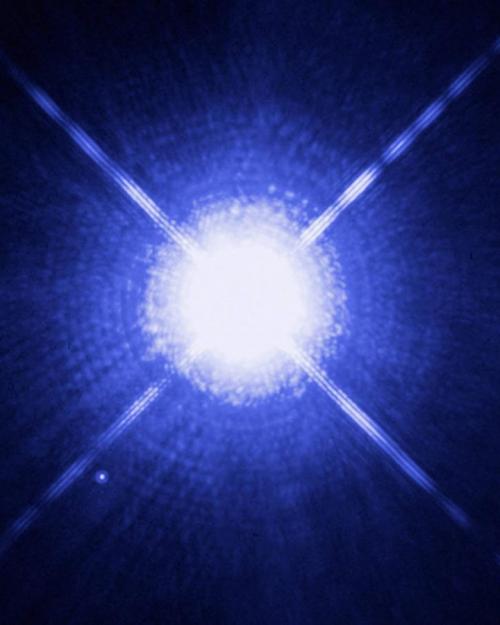Astronomers have discovered a Jupiter-sized planet that survived its star’s death. Known as MOA-2010-BLG-477Lb, the planet orbits a white dwarf some 6,500 light years from here, potentially offering a glimpse into our cosmic future. The researchers reported the new discovery in the journal, Nature.
Lisa Kaltenegger, who was not involved in the study, is director of Cornell’s Carl Sagan Institute and one of the world’s leading experts on exoplanets. Kaltenegger was part of a research team that reported the first planet ever discovered around a white dwarf, and says the latest findings add proof that planets can survive their star’s death – while raising intriguing questions about the prospects of life.
“The news of another planet found circling a white dwarf is exciting, offering additional proof that planets exist around dead stars after our paper last year reported on the first one ever found," said Kaltenegger, associate professor of astronomy in the College of Arts & Sciences.
“If planets can survive their star's demise, could life as well? The James Webb Space Telescope, launching soon, could very well answer the question.
“If life could survive even on planets circling stellar corpses, that would make for an amazing future of our cosmos.”
For media inquiries, contact Becka Bowyer, (607) 220-4185, rpb224@cornell.edu.






